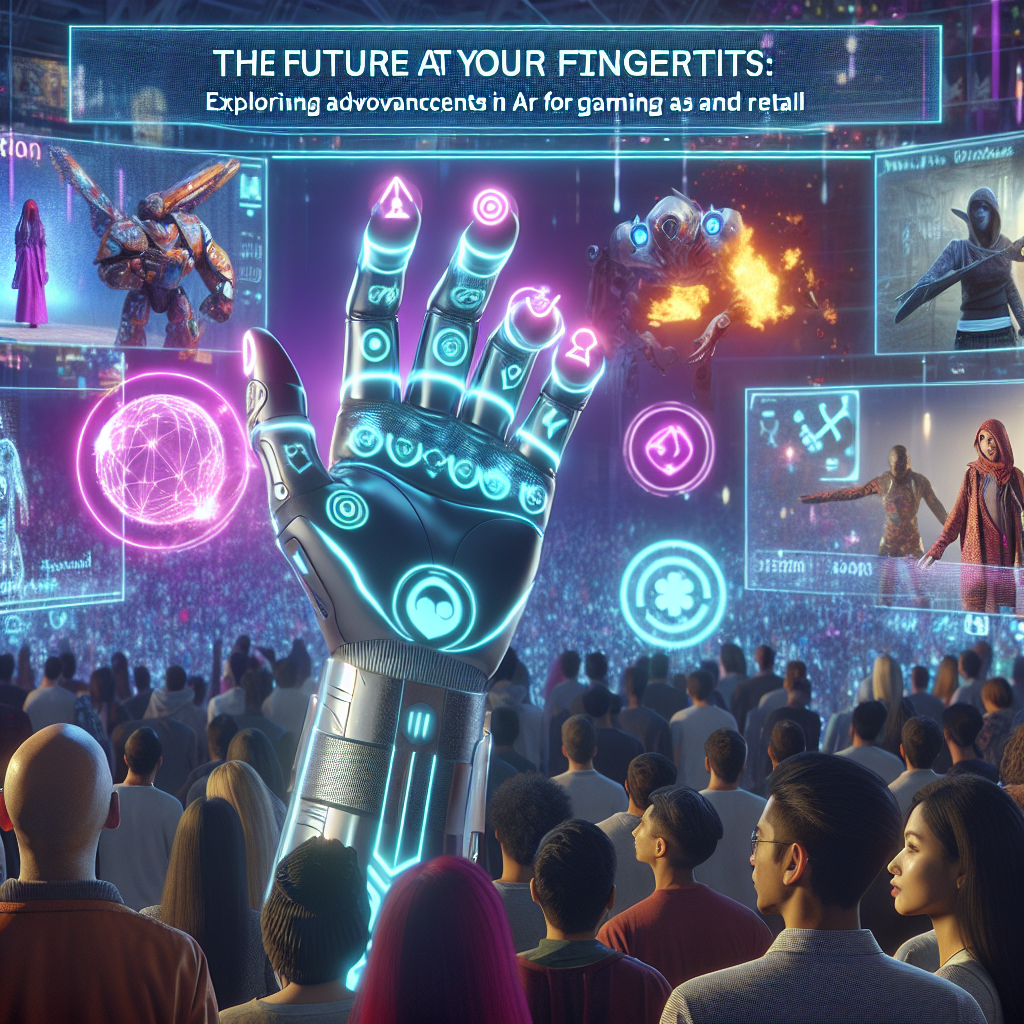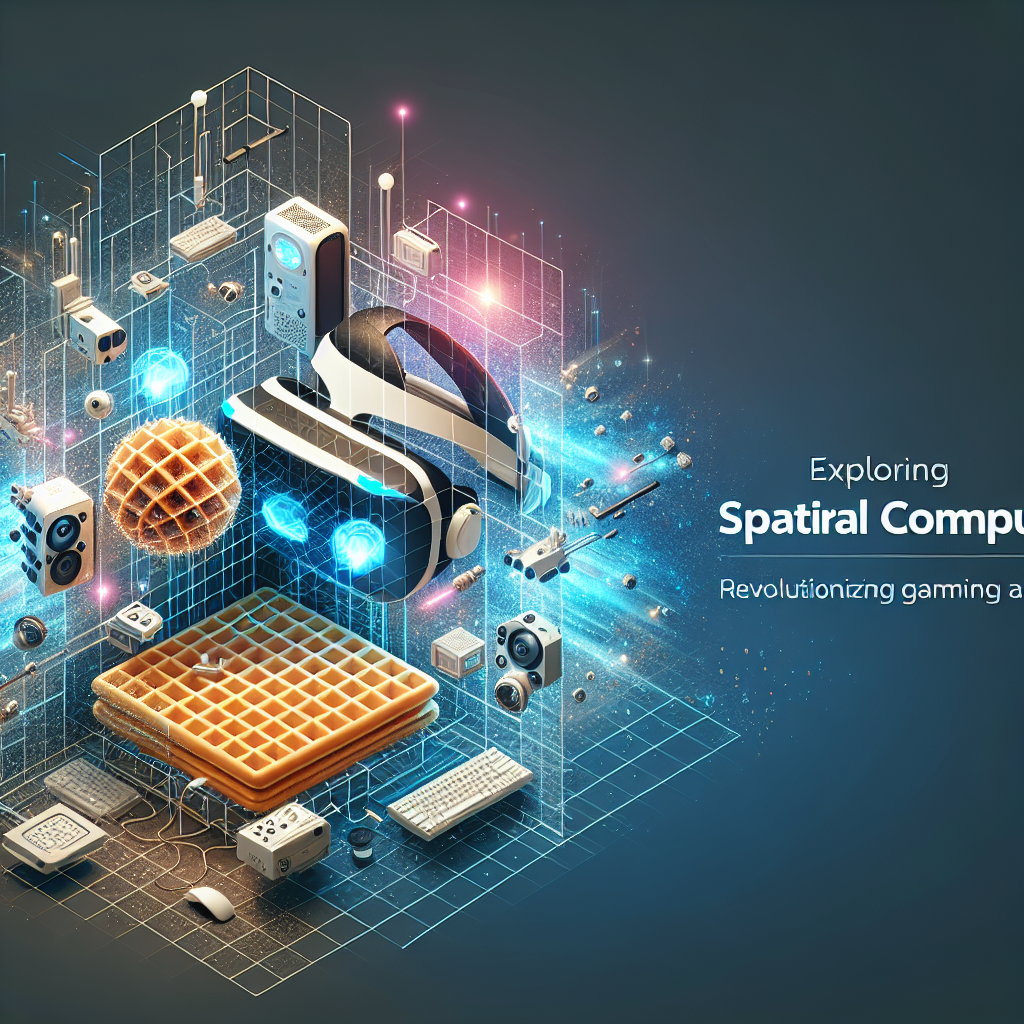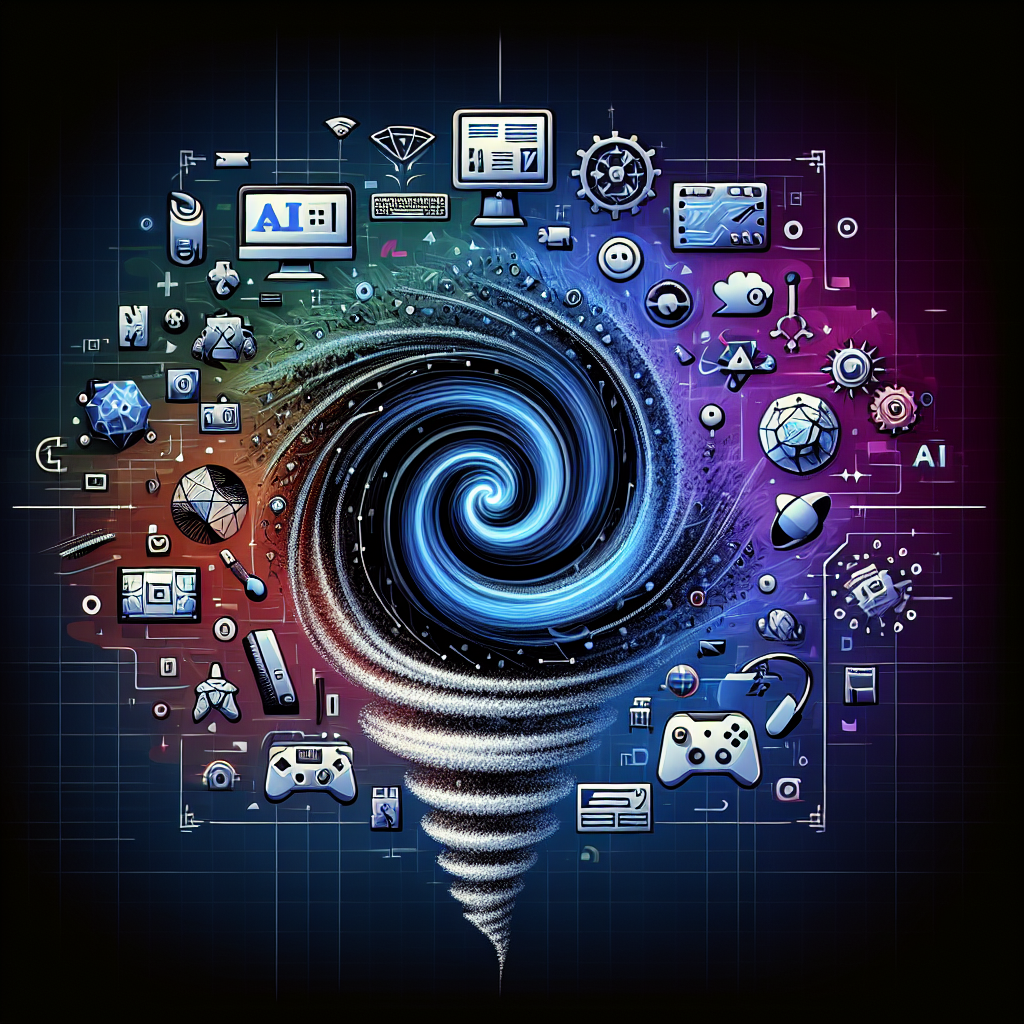The Invisible AI Revolution: How Artificial Intelligence is Seamlessly Integrating into Everyday Devices in 2025
Posted on May 24, 2025

In 2025, AI seamlessly integrates into everyday devices, transforming personal assistants, health tech, smart homes, and robotics into invisible yet powerful companions. From AI-powered smart mirrors providing health insights to humanoid robots poised to enter daily life, this year marks a shift from visible tech to intelligent environments that anticipate and respond to human needs effortlessly, redefining convenience and personalization in daily living.
In 2025, artificial intelligence has transcended its traditional role confined to the cloud and software algorithms and is now deeply embedded in the physical devices that surround us daily. This year marks a pivotal shift toward AI-enhanced living environments where technology intuitively understands, anticipates, and interacts with human needs, often without explicit commands. This phenomenon is reshaping the concepts of convenience, personalization, and luxury in everyday life.
One of the most striking trends is the evolution of AI-powered personal assistants like Siri, Alexa, and Google Assistant. These assistants have become remarkably sophisticated, capable of managing complex tasks such as health monitoring, scheduling, and even controlling an entire smart home ecosystem through natural language processing and real-time machine learning. Their seamless integration into consumer devices fosters a hands-free lifestyle, making AI an invisible but indispensable helper.
Consumer electronics expos like CES 2025 highlight this transformation with a range of innovative gadgets. Among them, the Withings Omnia smart mirror stands out by delivering comprehensive health diagnostics through AI-driven biometric analysis and posture correction feedback. Devices like these empower users to make smarter health choices, integrating wellness monitoring into everyday routines effortlessly.
Tesla’s venture into humanoid robotics and autonomous robotaxis pushes AI further into physical interaction, signaling a future where AI-enabled robots might become commonplace assistants and collaborators in homes and cities.
These AI-infused devices are not just novelties; they represent a broader societal shift where intelligence is embedded ubiquitously in the environment, creating intuitive, interactive spaces that respond dynamically to human behavior. This ambient intelligence is training users to expect more from technology — not just reactive gadgets but proactive partners in health, work, education, and leisure.
Overall, 2025 is the year AI becomes less about the technology itself and more about the enhanced human experience it enables. The blend of affordability, advanced AI hardware, and improved UX design is making these intelligent devices accessible beyond early adopters, setting a new baseline for daily life.


